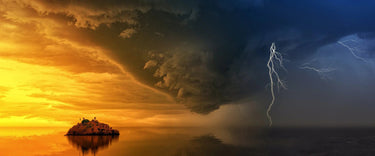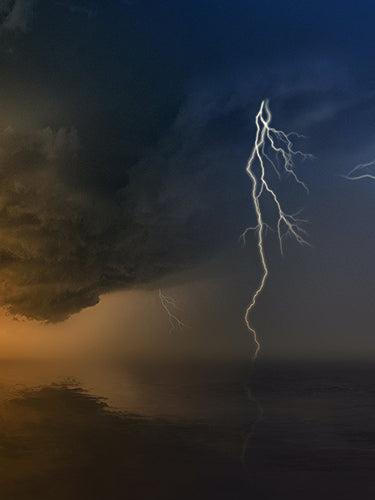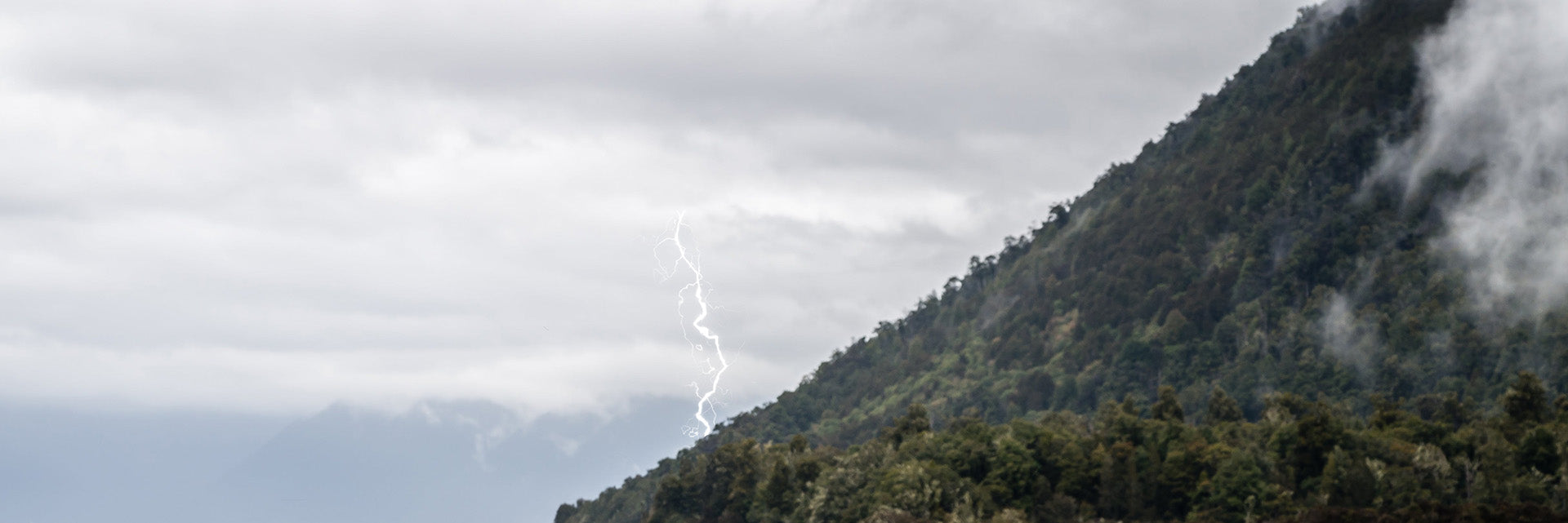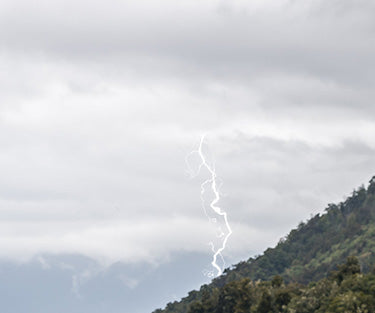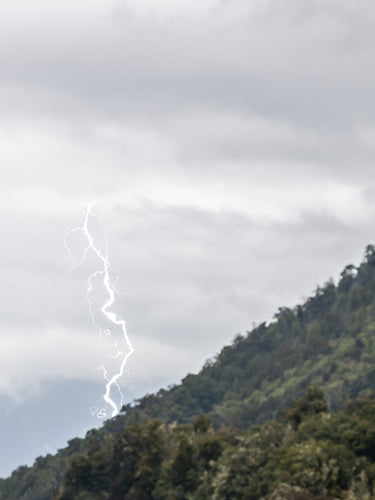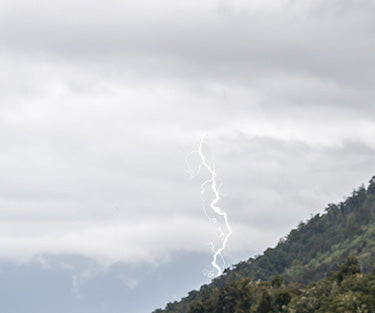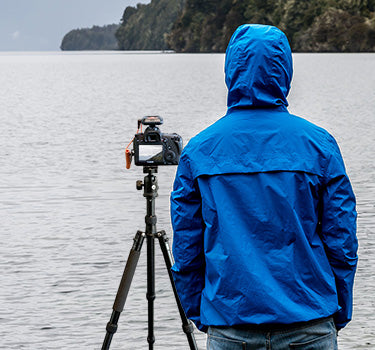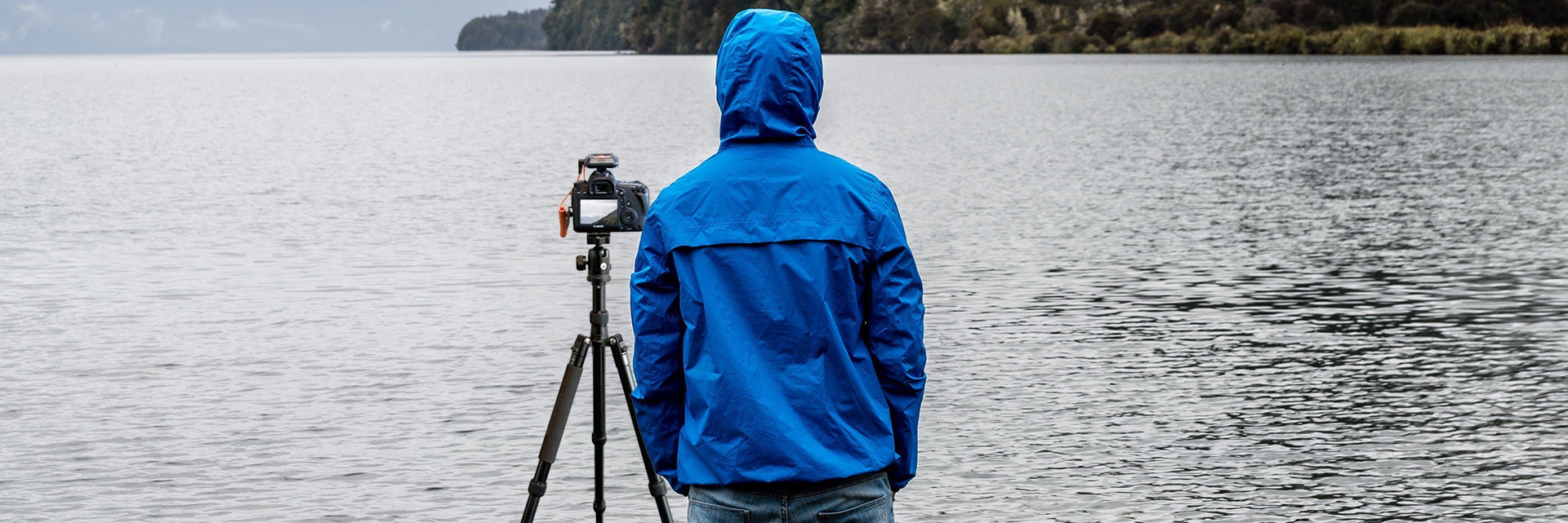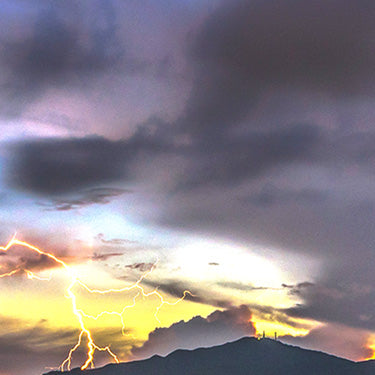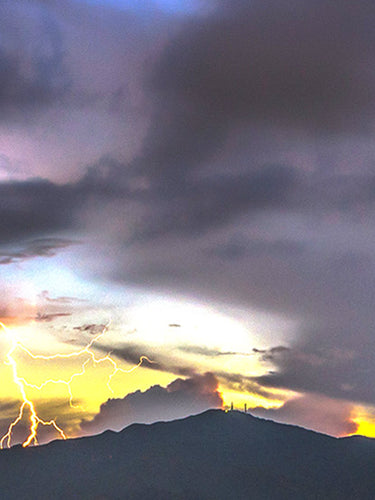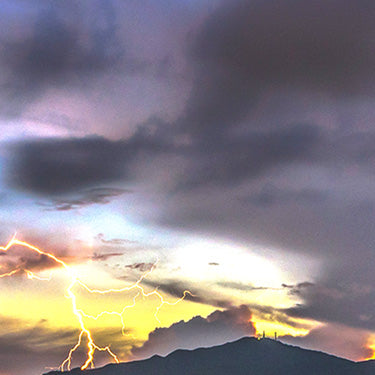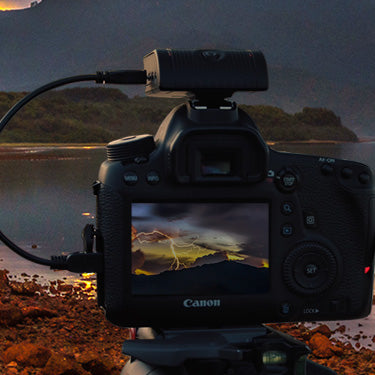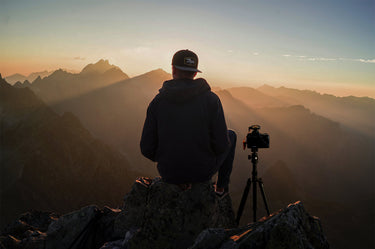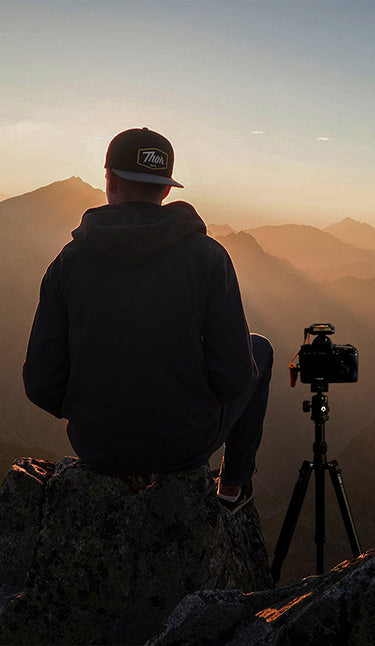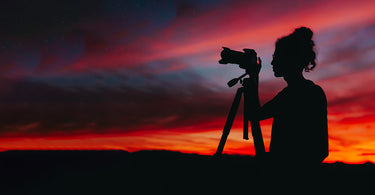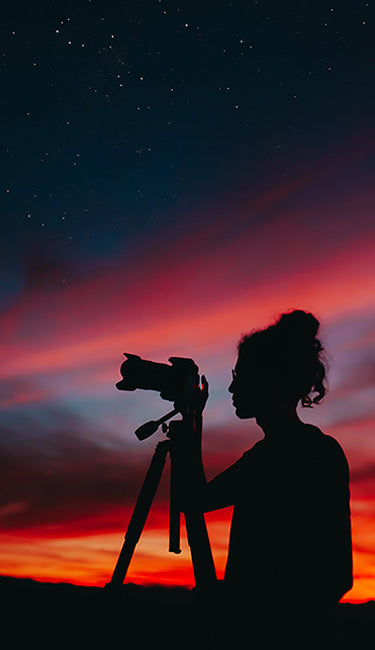Unleash Your Creative Spirit, Capture the Unexpected
MIOPS isn't just about gear. It's about pushing your creative boundaries and capturing the moments that take your breath away. We believe that everyone has the potential to be a storyteller, and our products are designed to empower you to do just that.
Let customers speak for us
 Unleash Your Creative Spirit
Unleash Your Creative Spirit Capture the Unexpected
Capture the Unexpected Unleash Your Creative Spirit
Unleash Your Creative Spirit Capture the Unexpected
Capture the Unexpected Unleash Your Creative Spirit
Unleash Your Creative Spirit Capture the Unexpected
Capture the Unexpected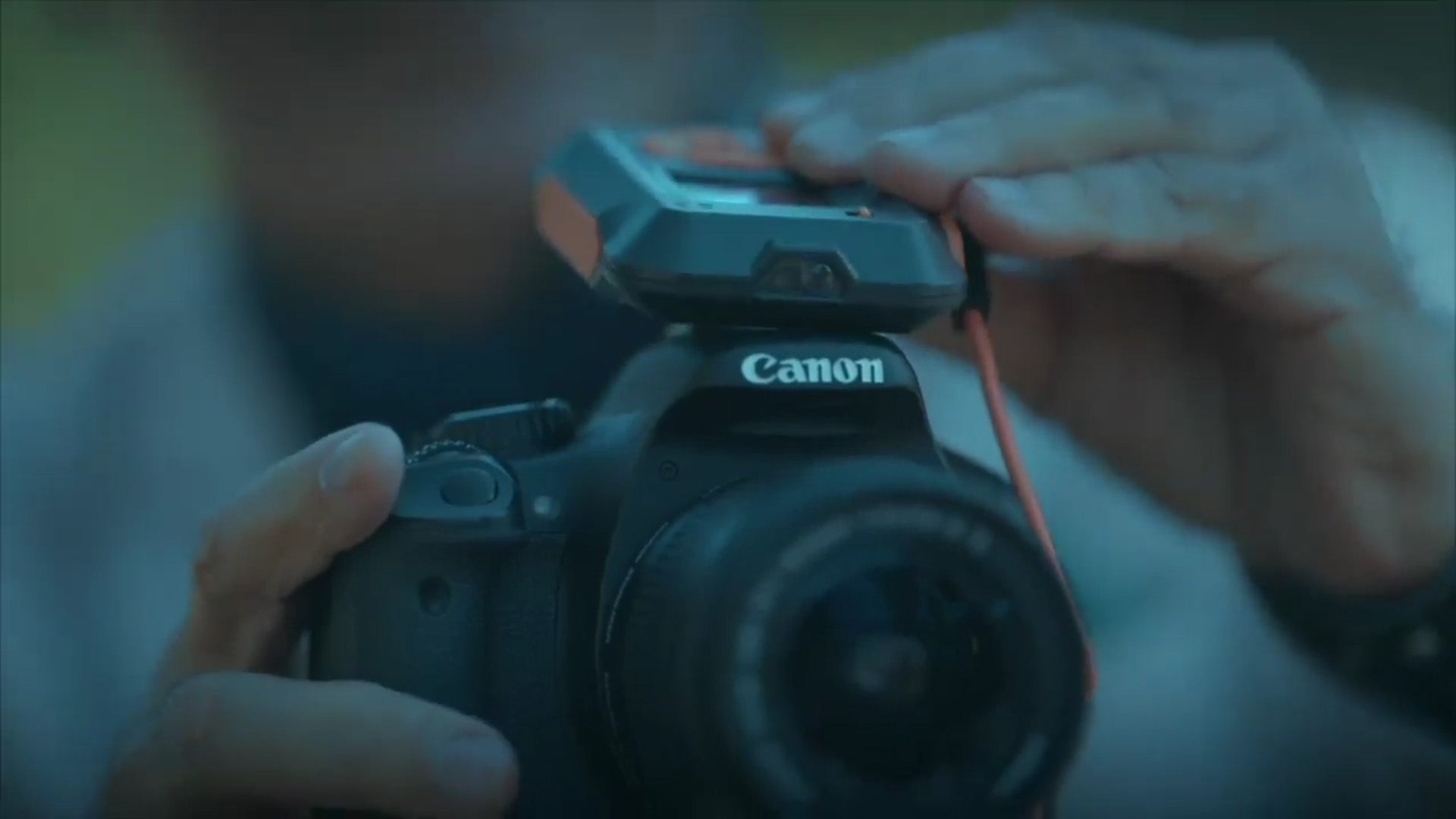
Effortless Plug-and-Play
No complex setup required. Simply connect and start shooting.
Adjustable Sensitivity for Perfect Captures
Discover the power of tailored lightning photography with MIOPS. Our device comes with adjustable sensitivity, putting you in full control. Tailor the device to your unique shooting conditions, whether you're capturing distant storms or nearby flashes.
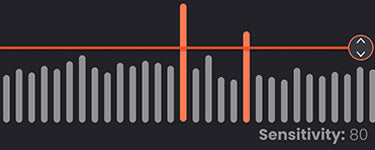

Get Professional Results
MIOPS makes it super easy for anyone to take amazing photos of lightning. Whether you are a beginner or an expert, you can quickly snap those quick, beautiful momentsand get awesome pictures that will totally wow you.












Get Your Camera Trigger for Lightning Photography









Take almost impossible photos by turning your camera into a high-speed capture device!
MIOPS Smart Trigger is a versatile camera trigger in a single unit and provides advanced triggering modes like Lightning, Sound, Laser, Timelapse, HDR and more.
Newsletter
Be the first to know about exclusive offers, photography tips, and product updates.
Join our newsletter today and unleash your creative potential.
Learn More About Lightning Photography
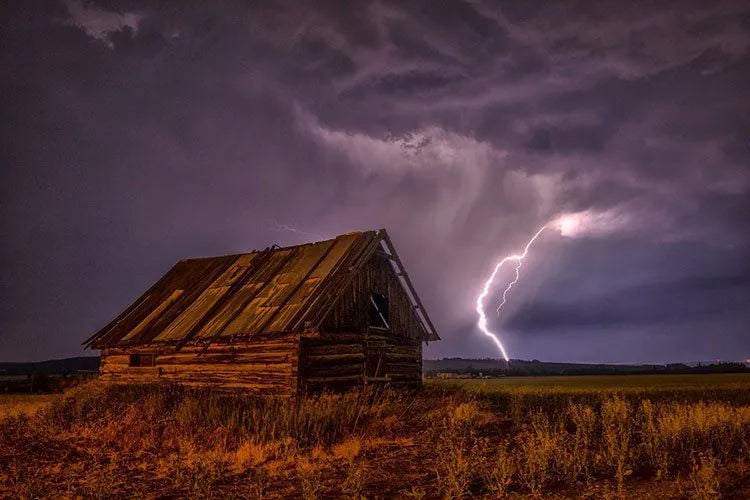
What is Lightning Photography?
Lightning photography is a specialized process that captures the split second strikes in which electrically charged clouds in the atmosphere emit high voltage strikes onto the ground or onto other clouds.Though lightning is a particularly common phenomenon overall, it is one of the most elusive phenomena to be captured by a camera. That is why lightning photography is a spectacular way to take impactful photos photos of the outdoors and an unusual harsh environment.
The fact that lightning strikes only take a few split seconds make them quite hard to catch. However, with the right planning, the use of weather forecasts, finding a good and safe location, and with the help of efficient gear, being able to take lightning photos that represent such a marvelous natural phenomenon especially when taken with breathtaking or iconic landscapes can definitely give outstanding results. Lightning photos are sure to make significant impact when captured successfully.

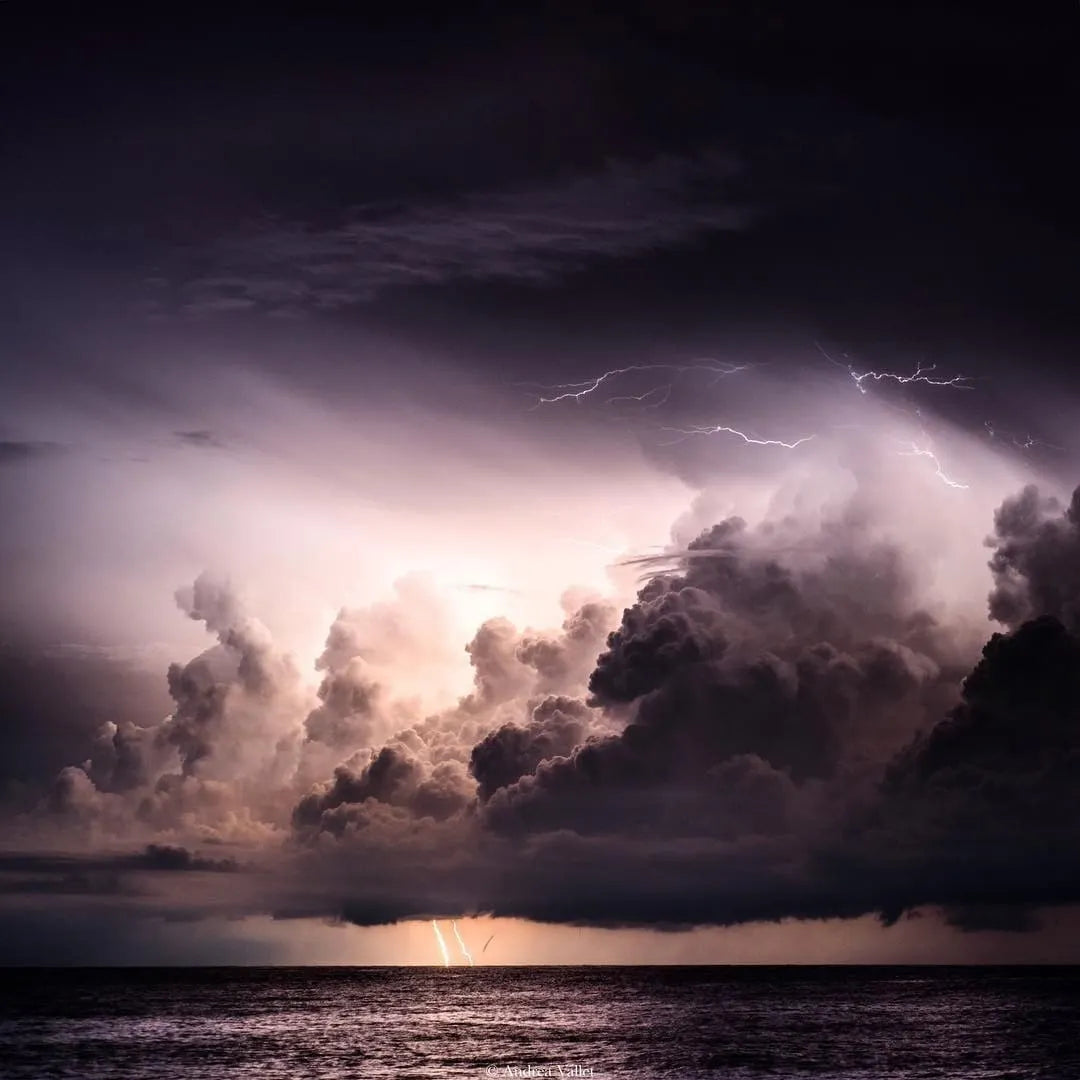
Equipment For Photographing Lightning
Photographing lightning requires not just skill and knowledge but also a huge amount of luck. Lightning has a significant degree of unpredictability that no one can absolutely prepare for. Proper lightning photography equipment can increase chances of capturing lightning successfully. First is a camera with manual functions. There is a limited range of exposure settings that would allow one to capture lightning properly and that is why you should have full control of the camera’s functions. That includes shutter speed, ISO, aperture, and for the sake of good composition and framing, also focal length.
Another crucial lightning photo equipment would be a good and sturdy tripod. Lightning photos require a few seconds of exposure that can not be done handheld so you would need a tripod to keep the camera steady and free of any movement that would ruin the shot. For a more efficient experience, a lightning camera trigger is a device that detects huge flashes of light and triggers the camera to start and exposure. This lightning trigger would significantly increase your chances of capturing lightning and significantly reduce wasted exposures

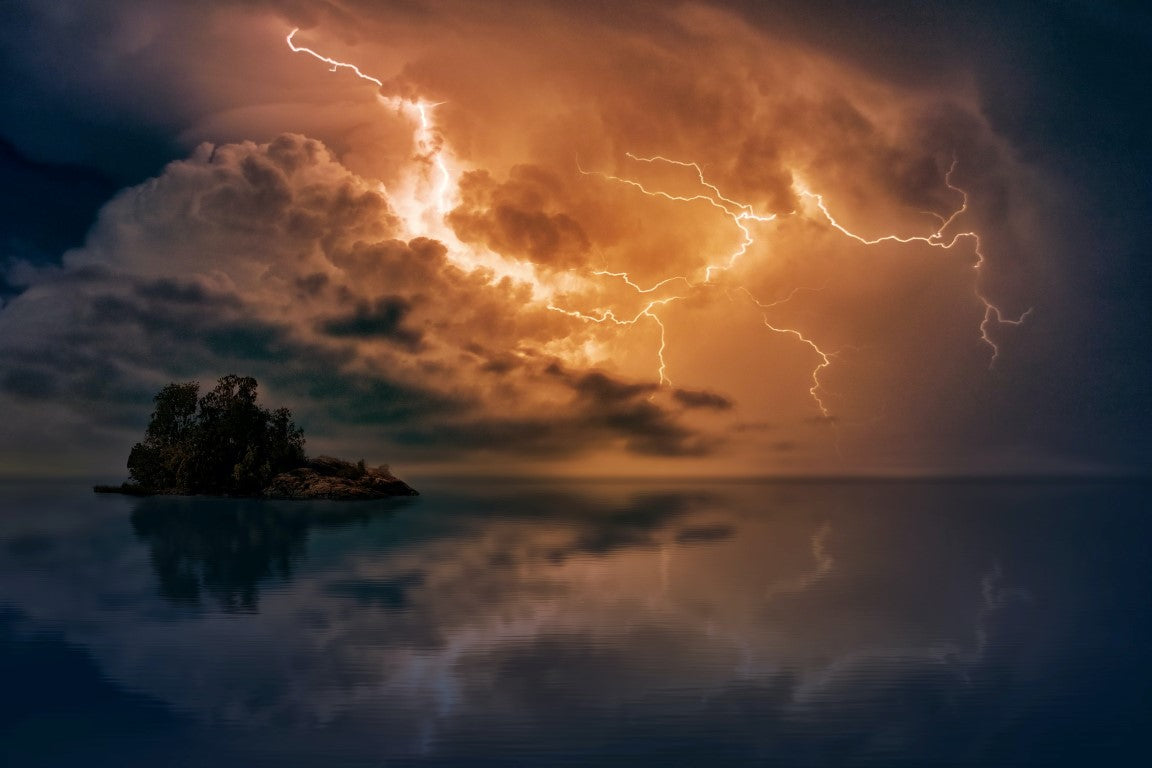
Choosing a Location for Lightning Photography
Location is one of the most crucial aspects of this task. Your lightning photography location should allow you to be able to see the storm from a close distance while also remaining relatively safe. In terms of having visual access to lightning, it is good to consult lightning strike maps and lightning trackers to be able to find a suitable position to shoot. A lightning app helps predict areas where there would be a storm with significant electrical activity. Through predictive lightning maps, it would be possible to narrow down the specific area where it would be best to position your camera.
Your vantage point has to have a good wide view of the scene. Other tools like a lightning strike map and a lightning tracker can further specify your best vantage point. Lightning strikes often move along as the wind blows the storm clouds and it would be best to be able to capture that in one frame or at least be able to pan with the movement. Distance from the storm is crucial as well. The key is to be far enough to remain safe from the storm but not too far that clouds and rain would impede your view.

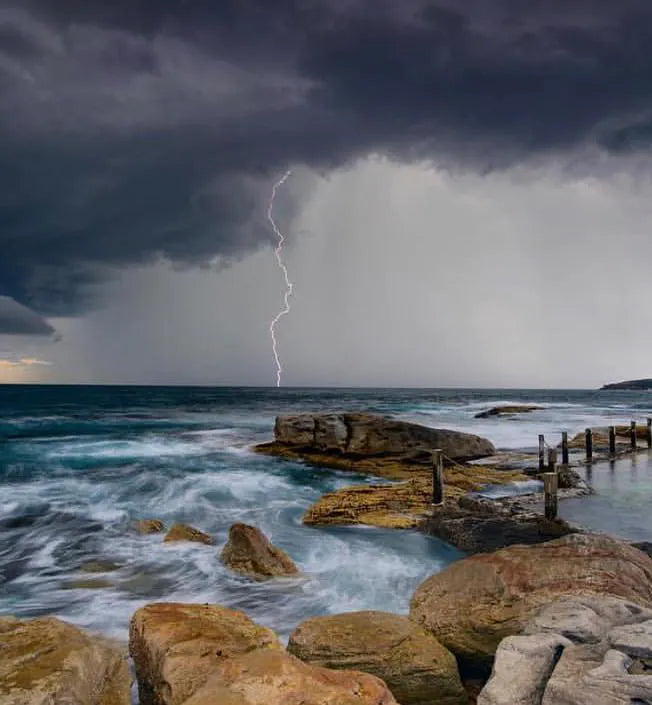
How to take Perfect Lightning Photos? Lightning Photography Settings
This kind of photography requires a precise parameter of Lightning Photography settings. The goal of these settings is to come up with a balanced exposure while keeping the lightning strikes and the surrounding environment clear and detailed. Lightning only happens for about half a second to a little over a second in general so knowing how to shoot lightning is crucial.
Given the unpredictability of this, it is possible to shoot a little longer than the said time. However, it is important not to make your exposure time too long that the luminosity of the background would overwrite and erase the lightning strikes. The safest limit is to keep your shutter speed around 4 to 8 seconds. ISO and aperture can vary depending on light condition and can be used to compensate for the strict parameters of shutter speed. However, when possible the lowest ISO is preferred to keep the shot as free from noise as possible, and the aperture around f/8 to f/11 to keep most if not the entire frame in focus and detailed.

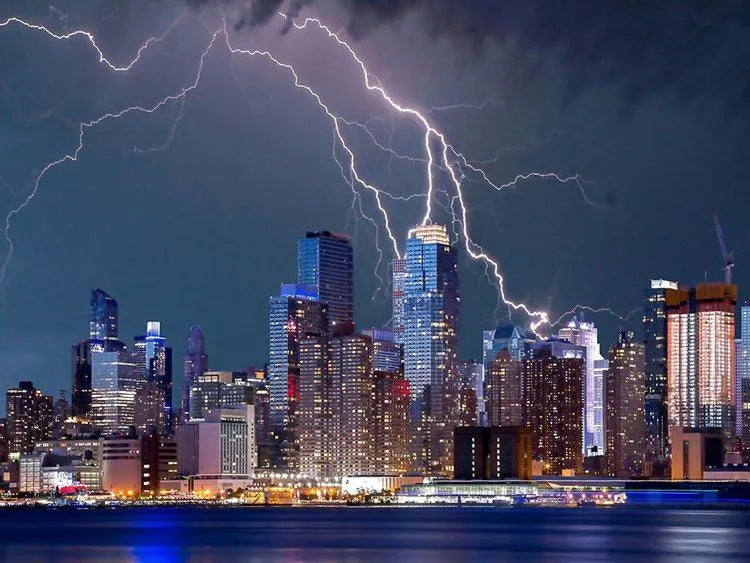
Tips for Lightning Photography? How to make it easier?
Lightning photography involves a lot of planning, preparation, and a huge amount of luck. These lightning photography tips should help you prepare. With proper gear and finding the right position and timing, you can take better lightning photographs and infuse them with stunning landscapes and outdoor scenes. The key to properly executing such an unpredictable process is mastering long exposure techniques as much as you can. By being able to practice long exposure, a photographer learns to adapt to the most drastic changes in the lightning environment and be able to adjust with the proper settings as it happens.
Having the right tools for these lightning photography tricks and properly getting to know your tools makes a world of difference as well. With mastery of manipulating your camera, adjusting your support gear, and perfect use of you camera trigger, you stop losing precious time and exposures from tinkering too much with your camera. With the added benefit of a good lightning trigger, the process becomes pretty much automated once you start it and it makes a lot of difference

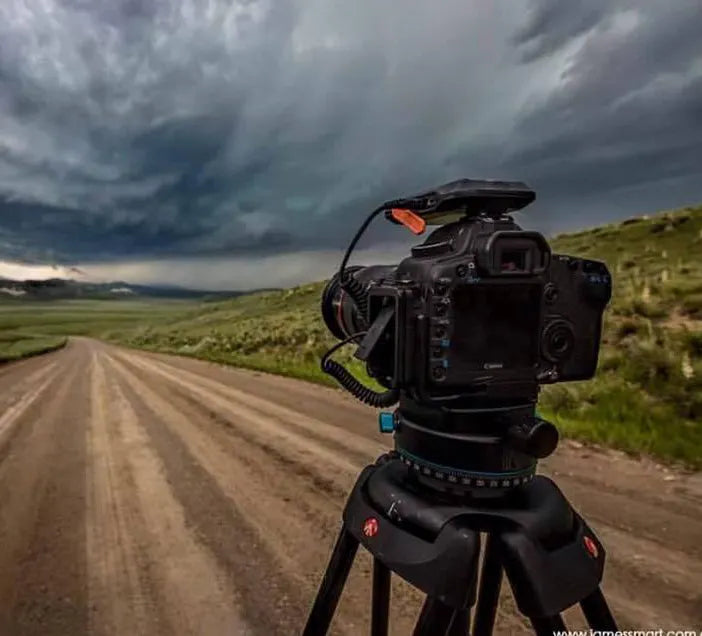
What is a Lightning Trigger and Why Should We Use it?
A lightning trigger is an essential tool for photographers aiming to capture the fleeting and unpredictable nature of lightning. It's a device designed to detect sudden changes in light and trigger your camera to take a photo at the exact moment of these events. This technology allows photographers to capture stunning images of lightning strikes, which would be nearly impossible to do manually due to their unpredictable and rapid nature.
Among the leading lightning triggers in the market are the MIOPS Smart+ and Flex Bolt. Each of these devices offers unique features suited for different aspects of lightning photography.
The MIOPS Smart+ Camera Trigger is known for its versatility and advanced technology. It integrates seamlessly with the MIOPS Mobile app, turning your smartphone into a powerful remote control for your camera. This trigger is equipped with multiple sensors, including a light sensor for detecting lightning, a sound sensor for capturing events triggered by noise, and a laser sensor for photographing fast-moving objects. The Smart+ is ideal for photographers who require a wide range of triggering options and enjoy the convenience of smartphone integration.
On the other hand, the Flex Bolt is specifically designed with a focus on lightning photography. While it may not have the extensive sensor range of the Smart+, it excels in its primary function of detecting and capturing lightning strikes with high precision. This makes the Flex Bolt an excellent choice for photographers who are primarily focused on lightning and high-speed event photography, offering simplicity and efficiency in capturing these elusive moments.









